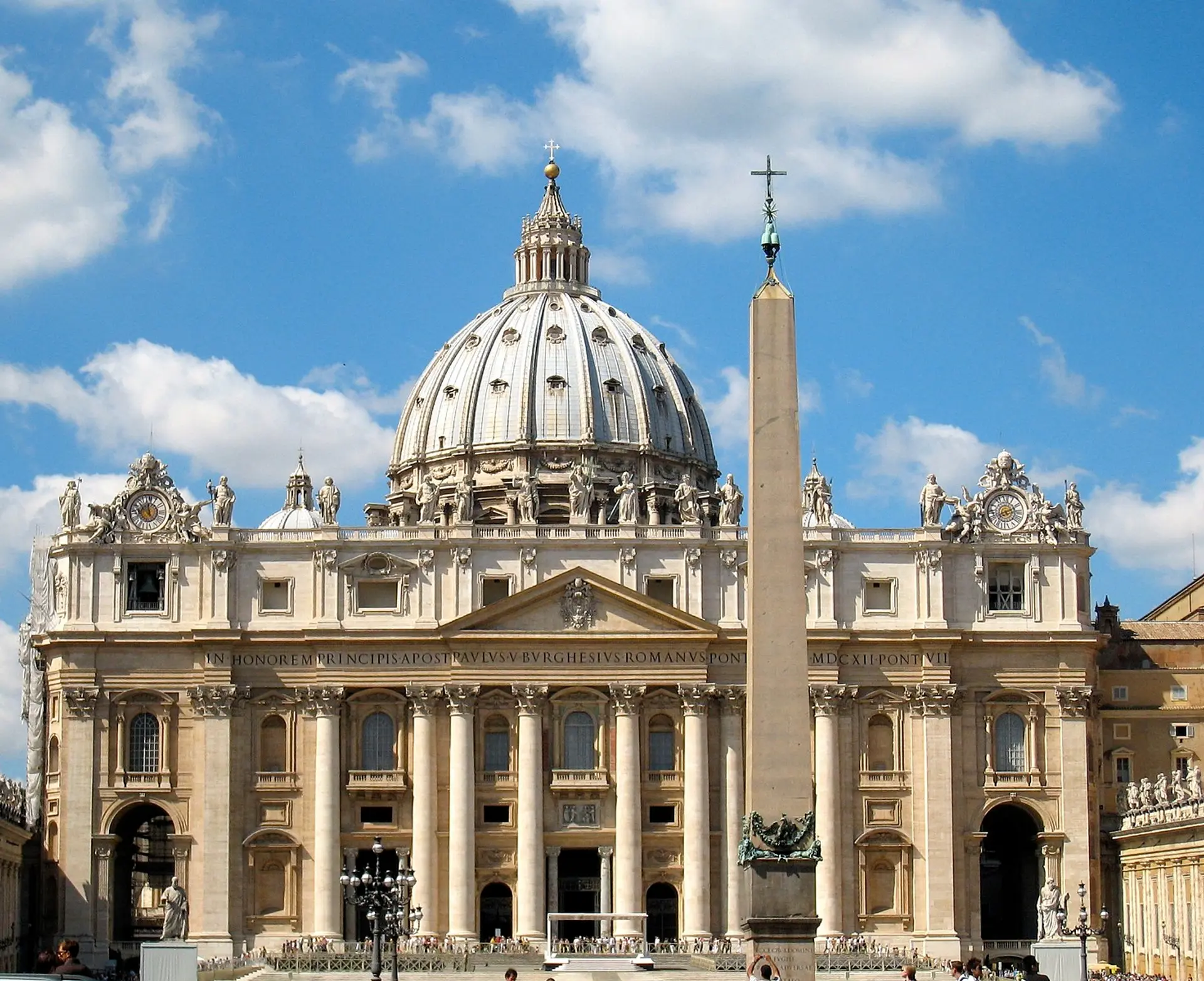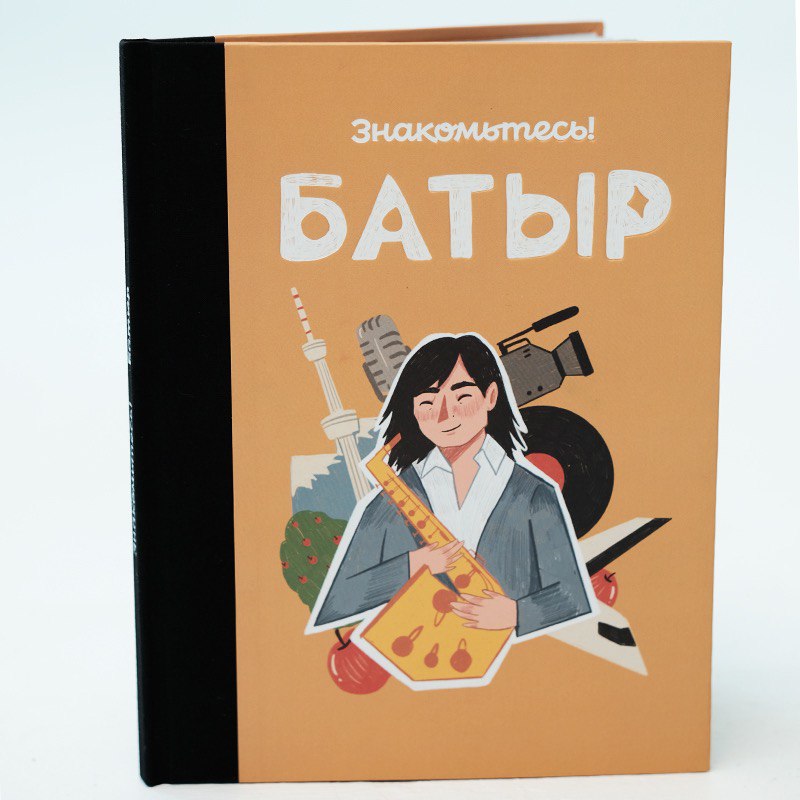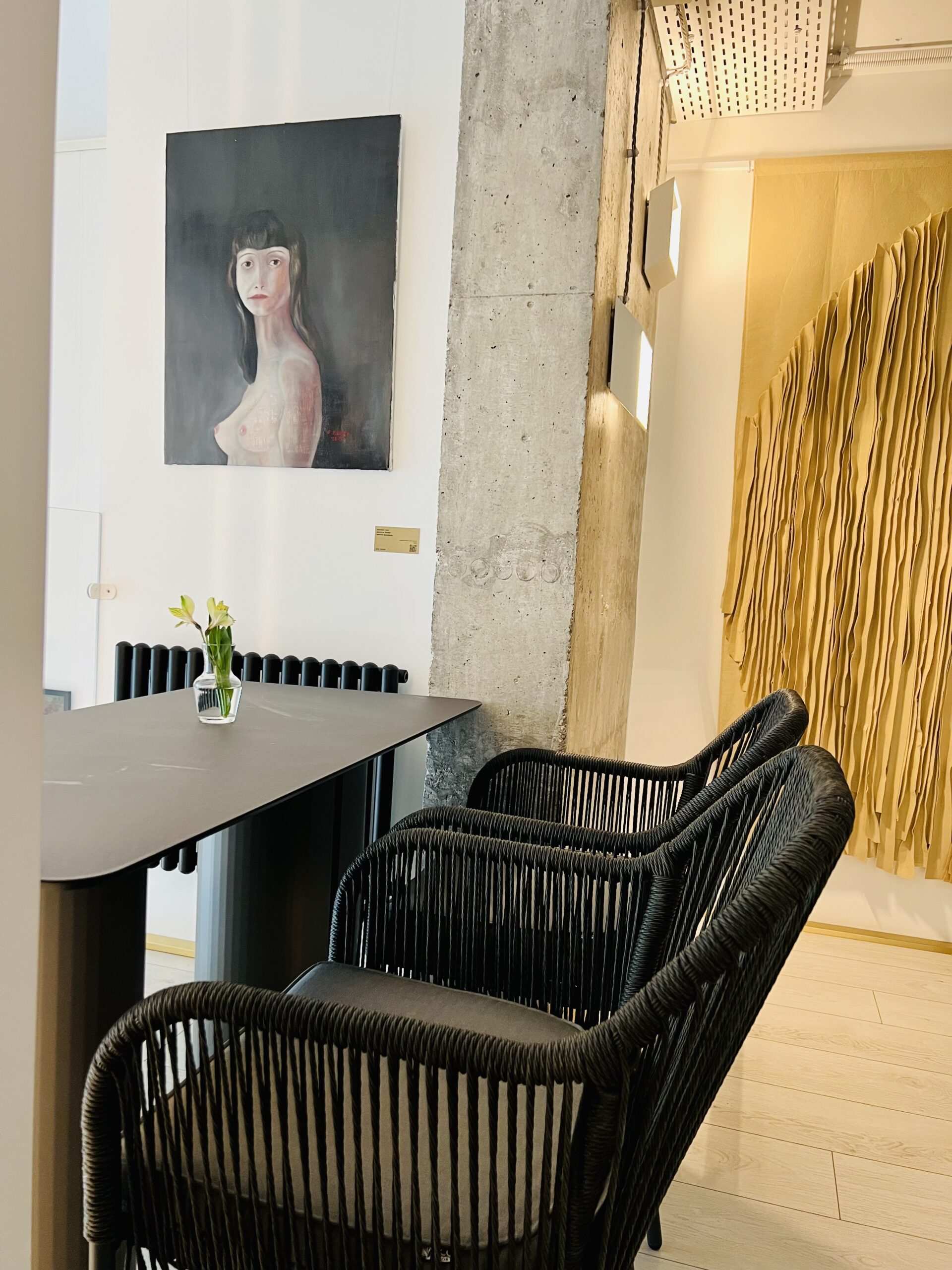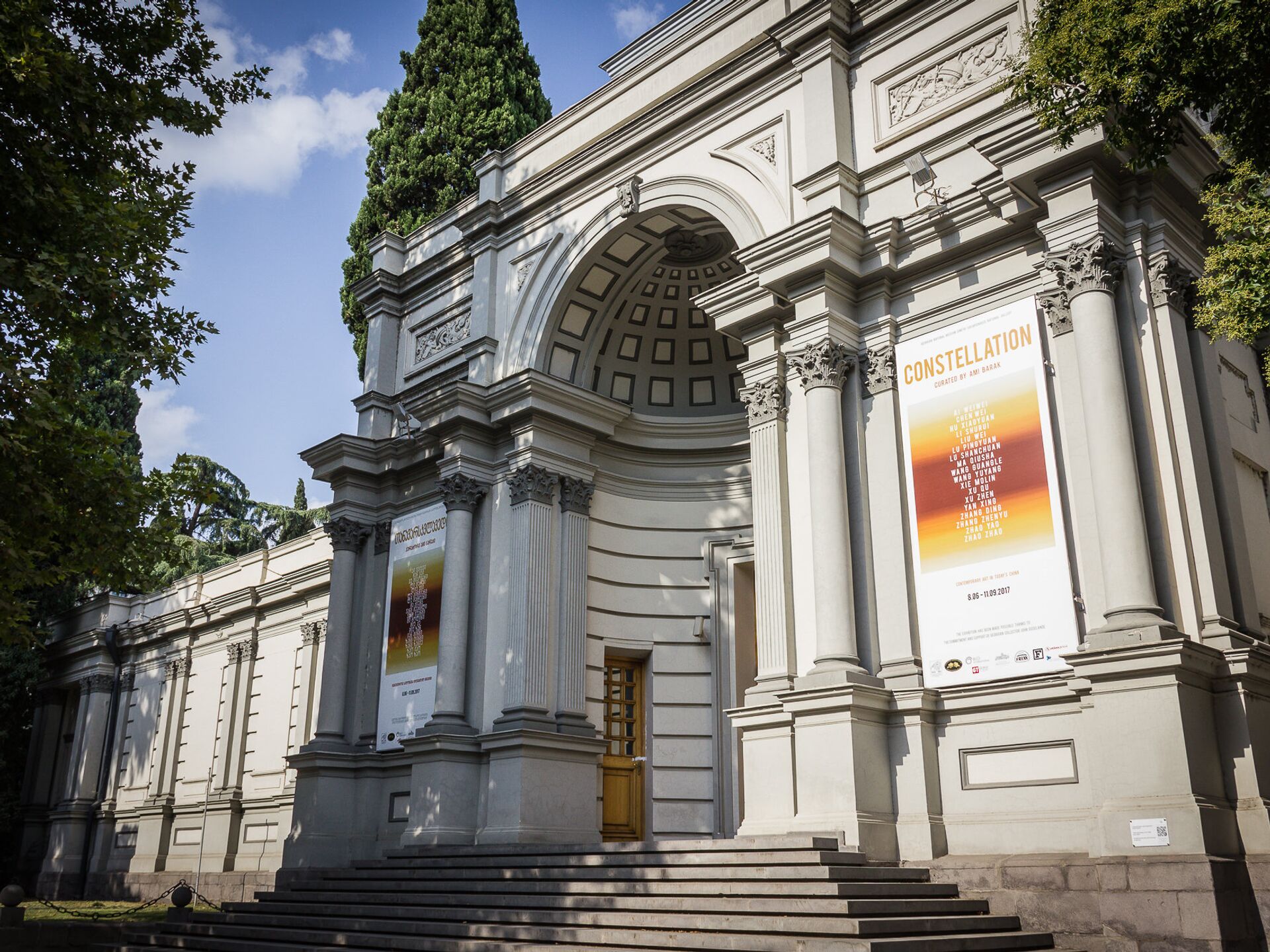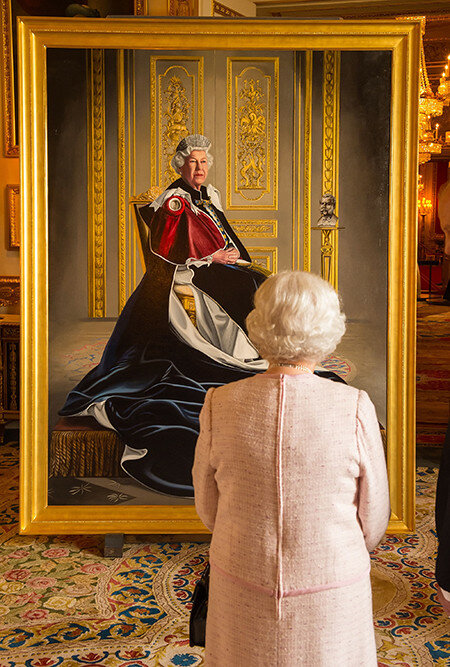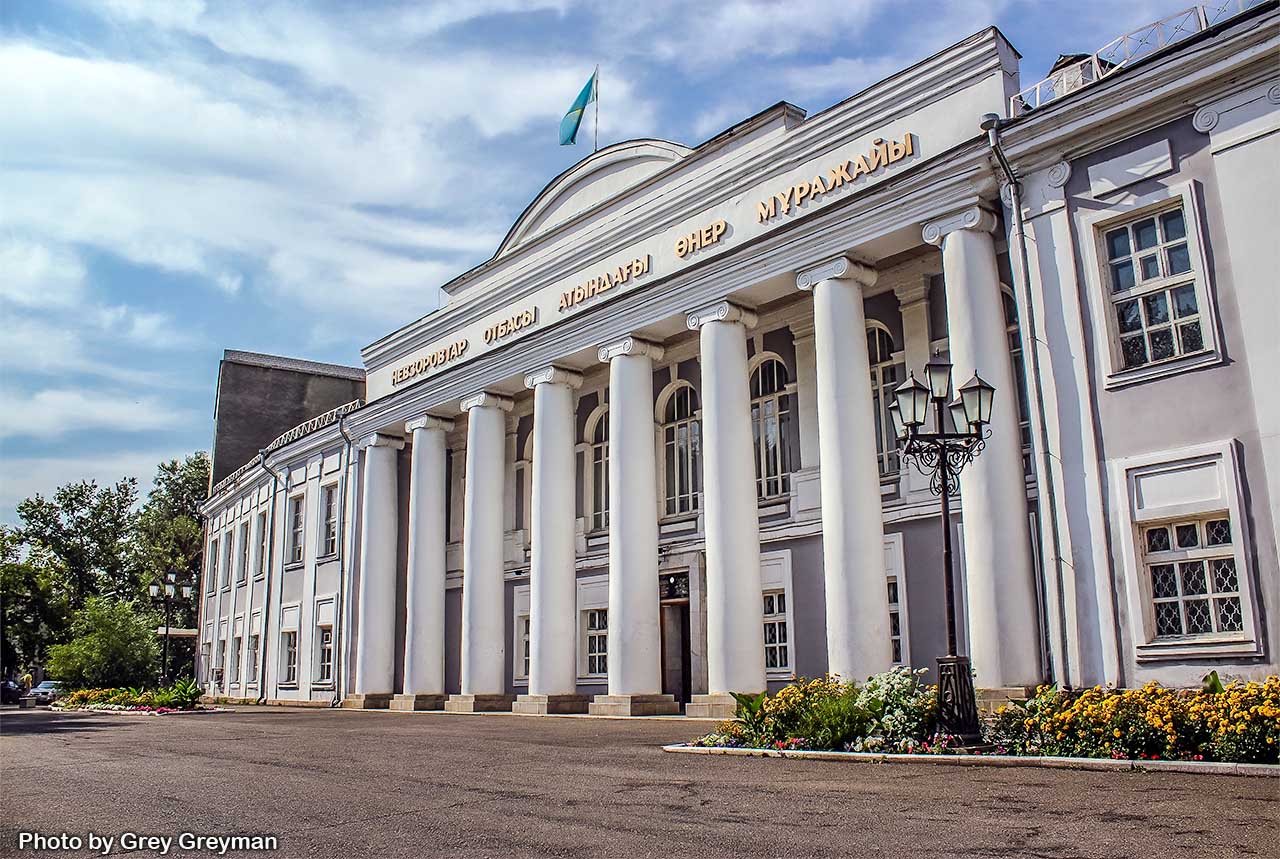От Сикстинского потолка Микеланджело до целой комнаты, посвященной Анри Матиссу, мы собрали некоторые из художественных сокровищ, которые нельзя пропустить в самом маленьком государстве в мире, передаёт The Art NewsPaper.
Ватикан — это самое маленькое государство на планете, но также он может похвастаться потрясающей коллекцией произведений искусства, которой может позавидовать весь мир. Сменявшие друг-друга папы создавали непревзойденное изобилие произведений искусства, тратя огромные суммы на картины, фрески, архитектуру и скульптуры, чтобы продемонстрировать огромную силу церкви и закрепить свою репутацию в анналах истории. Обширные музеи Ватикана включают Сикстинскую капеллу, частные папские апартаменты и десятки коллекций произведений искусства, включающих древнюю скульптуру, мастеров эпохи Возрождения, а также современное искусство. Около 20 000 работ (из обширной коллекции, насчитывающей 70 000 экземпляров) выставлены примерно в 1 400 залах, часовнях и галереях. Вот наши предложения о том, что посмотреть в Ватикане в первую очередь.
Фрески Микеланджело (1508–1541 гг.), Сикстинская капелла, Музей Ватикана.
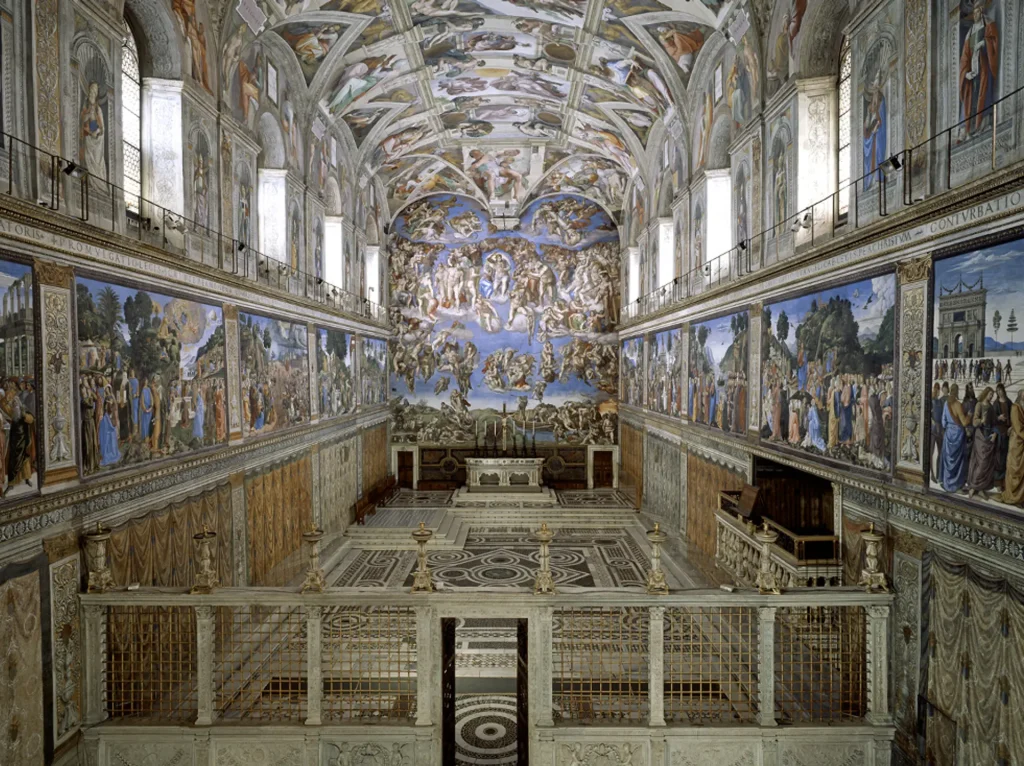
На сегодняшний день Сикстинская капелла считается самой известной капеллой, которая находится в Ватикане. Капелла была построена в 1475 – 1481 годах, архитектором ее является молодой мастер Джованни де Дольчи. Это здание было сооружено во время правления Сиксты IV, именно поэтому капелла имеет такое название.
Сикстинская капелла – это огромный прямоугольный зал, который имеет овальной формы свод, и разделен на две части невероятно красивой мраморной оградой. Архитекторы немалый труд вложили в сооружение такого здания, но самую важную ценность и богатство Сикстинской капеллы представляют фрески Микеланджело и отводы стен, которые по праву можно назвать вершиной ренессансного искусства.
Микеланджело работал над росписями капеллы с 1508 по 1512 года. Его тяга к искусству нигде так не открылась как на изображениях Пророков и Сивилл. Среднюю часть свода украшают сцены из Книги Бытия, среди которых известная на весь мир фреска Сотворение Человека. Между годами 1536-1541 Микеланджело все таки вернулся в Сикстинскую капеллу, на то время там правил Павел Третий Фарнез. Новое произведение искусства мастера – фреска Страшный Суд занимает почти всю стену капеллы возле алтаря. Для ее создания пришлось отказаться от работы над несколькими другими фресками. В центре круга Микеланджело делает фигуру Христа, который осуждает земных грешников. На изображении фрески он поднял правую руку, как будто хочет вынести свой страшный и неоспоримый приговор. На потолке капеллы нарисованы практически все фрагменты из Библии.
Пьета Микеланджело (1497–1499), Собор Святого Петра.
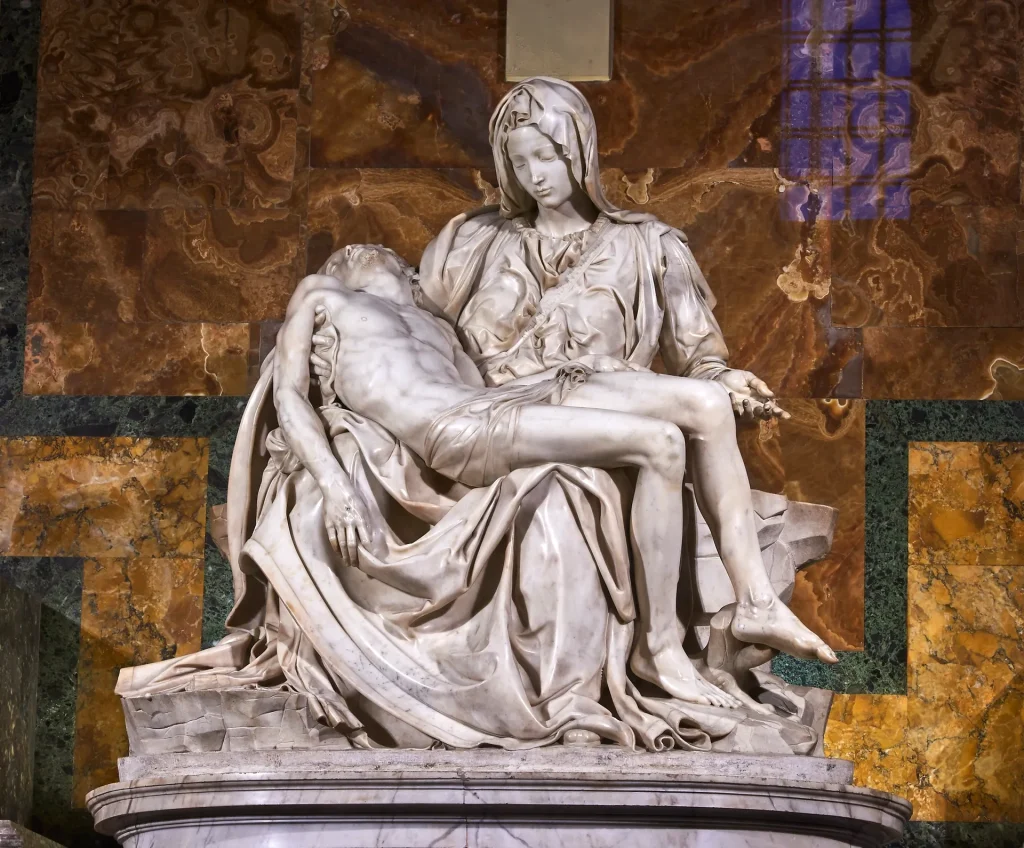
Пьета Микеланджело – скорбный образ Марии, оплакивающей снятого с креста распятого Христа. Шедевр выставлен на обозрение в Соборе Святого Петра в Ватикане. В переводе с итальянского, Pietà – «сострадание, скорбь, жалость, сочувствие». Сюжет этой иконографической скульптуры не упоминается в 4-х текстах Евангелия, нет его и в апокрифах. Но в католицизме Пьета великого мастера – один из самых сильных образов по воздействию на умы и сердца верующих.
Пьета Микеланджело – скульптурная композиция пирамидальной формы, высеченная из цельной глыбы светлого мрамора. Рука мастера отсекла все лишнее, и миру явился потрясающий образ скорбящей матери, утратившей сына. Скульптура находится за бронированным стеклом, ее нельзя рассмотреть со всех сторон. Но есть в ней нечто, влекущее любопытные взгляды туристов и порождающее особые чувства у тех, кто уверовал в искупительную жертву Иисуса Христа.
Работа была затяжной и кропотливой, мало кто верил, что никому неизвестный 24-летний художник и начинающий скульптор справится с такой задачей. Но результат превзошел все ожидания – никто не смог превзойти этот шедевр Микеланджело, как по эстетике, так и силе эмоционального воплощения.
«Погребение Христа » Караваджо (около 1600–1604 гг.), Пинакотека Ватикана,Музеи Ватикана.

В Ватикане взору многочисленных паломников представлена иллюстрация библейского сюжета «Погребение Христа» (холст 300 x 203 см, написан в 1602-1603 г.). Эту композицию впоследствии копировали многие последователи Караваджо, она также известна как «Положение во гроб Христа». Его сняли с креста и положили в пещере, предназначенной под место для погребения.
Один из шедевров великого живописца, который хранится в Ватиканской пинакотеке, изначально был написан для церкви Кьеза Нуова (Chiesa Nuovo). Композиция впечатляет глубиной трагизма центральной сцены Евангелия – о распятии Спасителя и его погребении перед Его чудесным воскрешением. Иисус умер на кресте за грехи всего человечества, став совершенной искупительной жертвой Богу. Одно из сильнейших проявлений трагизма в реалистичных полотнах мастера. Будучи безошибочным примером уникального стиля барокко Караваджо, картина также пропитана Высоким Возрождением, с явным влиянием «Пьеты» Микеланджело и «Смещения» Рафаэля (1507) .
Пьета Ван Гога (около 1890 г.), Коллекция современного искусства,Музеи Ватикана.
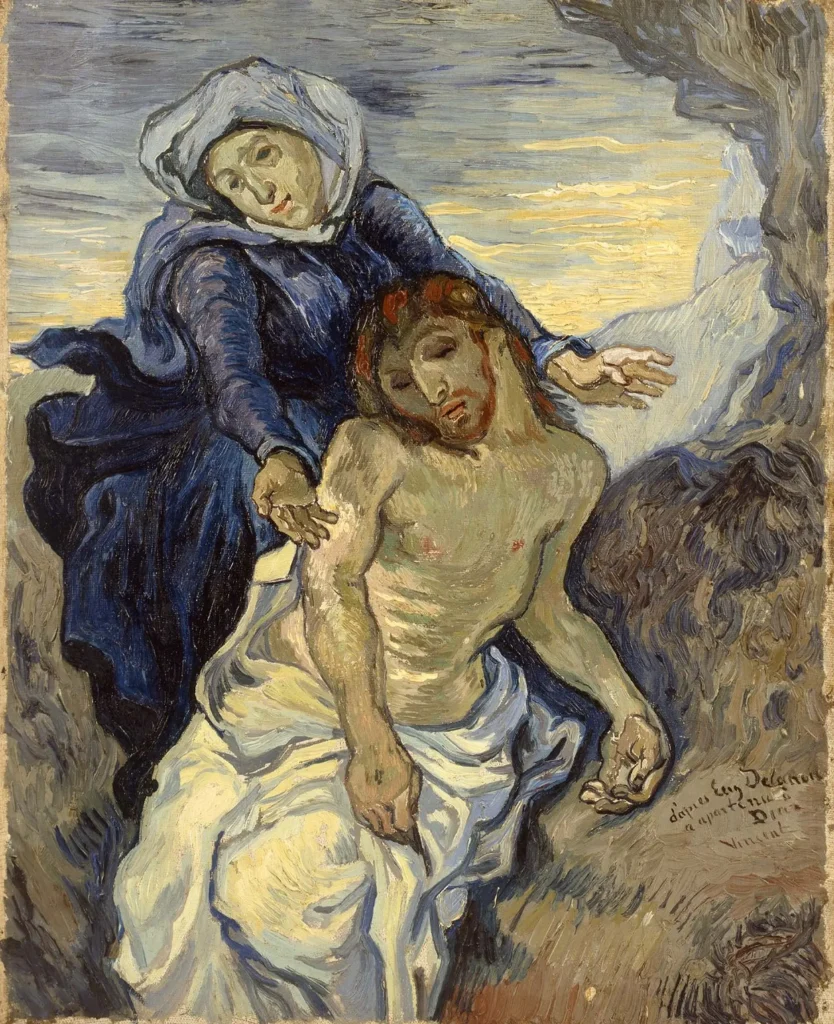
Ван Гог написал эту работу всего за несколько месяцев до самоубийства. Некоторые предполагают, что безжизненная бородатая фигура Христа является своего рода автопортретом. Вдохновленная собственной версией Делокруа на ту же тему, работа занимает почетное место в 55 комнатах квартиры Борджиа, в которой находится Коллекция современного искусства, открытая в 1973 году после того, как Папа Павел VI заявил, что Церковь отдалилась от современного искусства. Мадонна воздевает руки вперед, скорбно представляя миру страсти Христовы. Более крупная и яркая версия Пьеты выставлена в Музее Ван Гога в Амстердаме.
Август де Прима Порта (первый век нашей эры), Музей Кьярамонти, Музей Ватикана.

Эта культовая скульптура Августа Цезаря, первого императора Римской империи, является одним из самых известных произведений искусства древнего мира. Оригинальная работа в полный рост, вырезанная опытными греческими скульпторами, изображает Августа, обращающегося к своим войскам в классической позе adlocutio. Его нагрудник богато украшен рельефами парфянского царя и космическим пейзажем с изображением богини Дианы, колесниц Аполлона и Авроры, богини Земли.
Лаокоон и его сыновья (около 40–30 до н. э.), Музей Кьярамонти, Музей Ватикана.
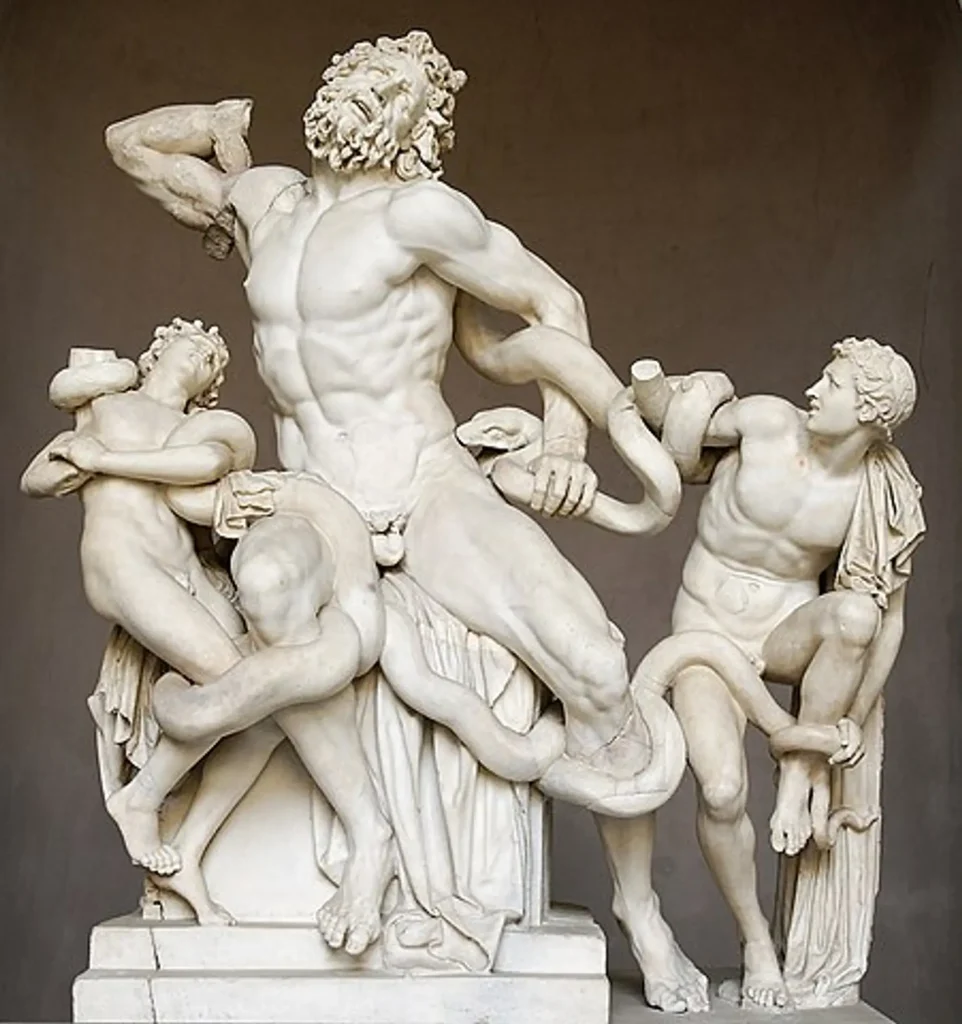
14 января 1506 года итальянец Феличе де Фредис, вскапывая свой виноградник в окрестностях Рима, неожиданно открыл подземную пещеру. Осматривая ее, он обнаружил там удивительную скульптурную группу, изображавшую легендарного троянского жреца Лаокоона с сыновьями.
Как гласит греческий миф, троянский жрец бога Аполлона Лаокоон посоветовал своим согражданам не вводить в город деревянного коня, в котором спрятались воины-завоеватели. Но троянцы не прислушались к его предсказанию и были побеждены.
А разгневанные боги, по велению которых Троя была захвачена, предали дерзкого жреца и его сыновей ужасной казни: они были задушены змеями. Предсмертную борьбу Лаокоона и его сыновей как раз и изображает скульптурная группа.
Найденный де Фредисом шедевр был обнаружен на месте Золотого дома, который был построен после 64 года н.э. и являлся резиденцией римского императора Нерона. Авторами этой скульптуры были греческие ваятели с Родоса — Агесандр, Полидор и Афинодор. Созданная ими композиция является точной мраморной копией второй половины I века до н. э. с оригинала, который был выполнен в бронзе в 200 году до н. э. в Пергаме и не сохранился.
Афинская школа Рафаэля (1509–1511), Комнаты Рафаэля, Музей Ватикана.
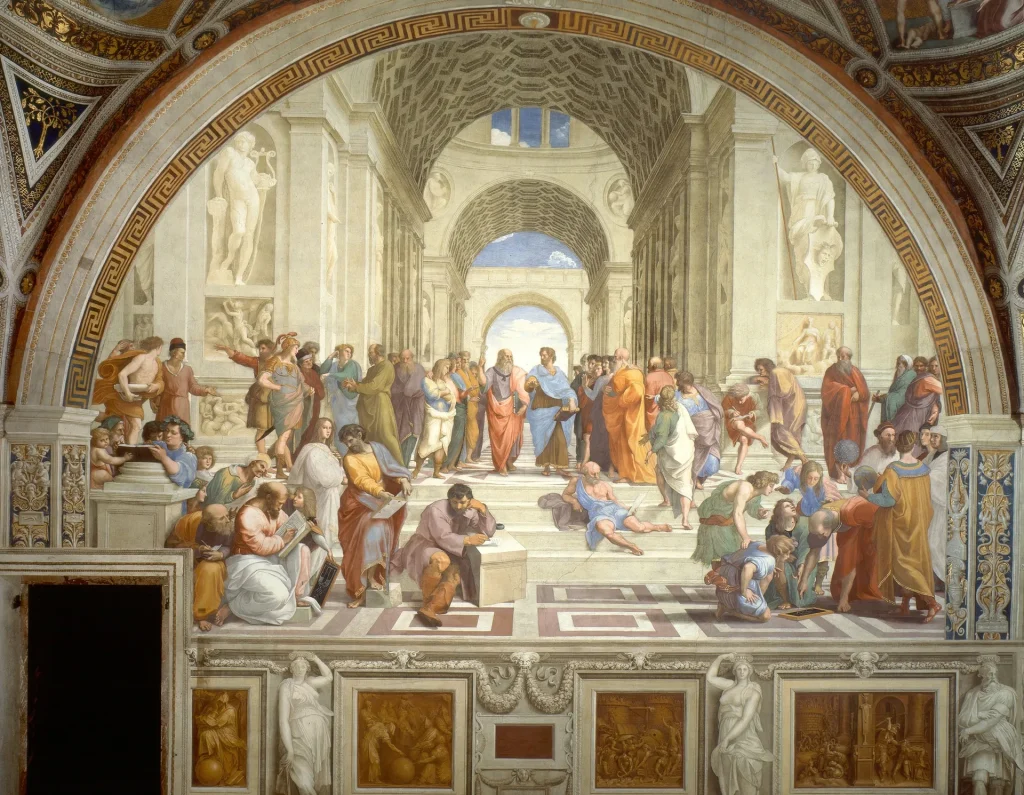
Рафаэль изобразил фантастический храм, главный неф которого уходит в голубую даль рядом сводчатых арок, и поместил в его пространство древних философов и ученых. В центре изображены Платон, указывающий на небо, которое, как он считал, определяет всю человеческую жизнь, и Аристотель, простерший руку над землей. Левее, активно жестикулируя, что-то объясняет ученикам Сократ с крутым, упрямым лбом, ниже Пифагор пишет в книге, куда с любопытством смотрят сидящие вокруг него, Гераклит Эфесский застыл с пером в руке, погруженный в свои размышления, Диоген возлежит в непринужденной позе на мраморных ступенях, справа, нагнувшись к табличке, пишет свои формулы Архимед, позади него беседуют Страбон и Клавдий Птолемей. В последней группе Рафаэль изобразил древнегреческого живописца Апеллеса в темной шапочке, смотрящим на зрителя, придав ему собственные черты.
На этой фреске можно найти и другие портреты современников художника: Платон напоминает Леонардо да Винчи, а Гераклит – Микеланджело, причем они написаны в манере каждого из этих мастеров. Фигура первого гармонична, как и картины да Винчи, она уравновешенна и заключена в невидимый овал, а лицо выражает спокойствие. Второй сидит в сложной, «закрученной» позе, в нем чувствуется горение беспокойной мысли, его облик отсылает воображение зрителя к огромной фреске, которую тогда в Сикстинской капелле создавал Микеланджело: эта фигура напоминает пророков с плафона. Таким образом, Рафаэль словно подмигнул своему вечному сопернику, лишний раз подчеркнув, насколько сильно мировое братство художников.
Преображение Рафаэля (1516–1520 гг.), Пинакотека Ватикана, Музей Ватикана.

Последняя работа Рафаэля, которую историк искусства Джорджо Вазари назвал «самой известной, самой красивой и самой божественной», знаменует собой кульминацию творчества художника. Картина объединяет два сюжета из книги Матфея в аллегорическом сопоставлении недостатков человеческих и божественной искупительной силы. В верхней части изображен преображенный Христос, возвышающийся перед вздымающимися светящимися облаками, с пророками Моисеем и Илией по обеим сторонам.
Комната Матисса, Коллекция современного искусства, Музей Ватикана.
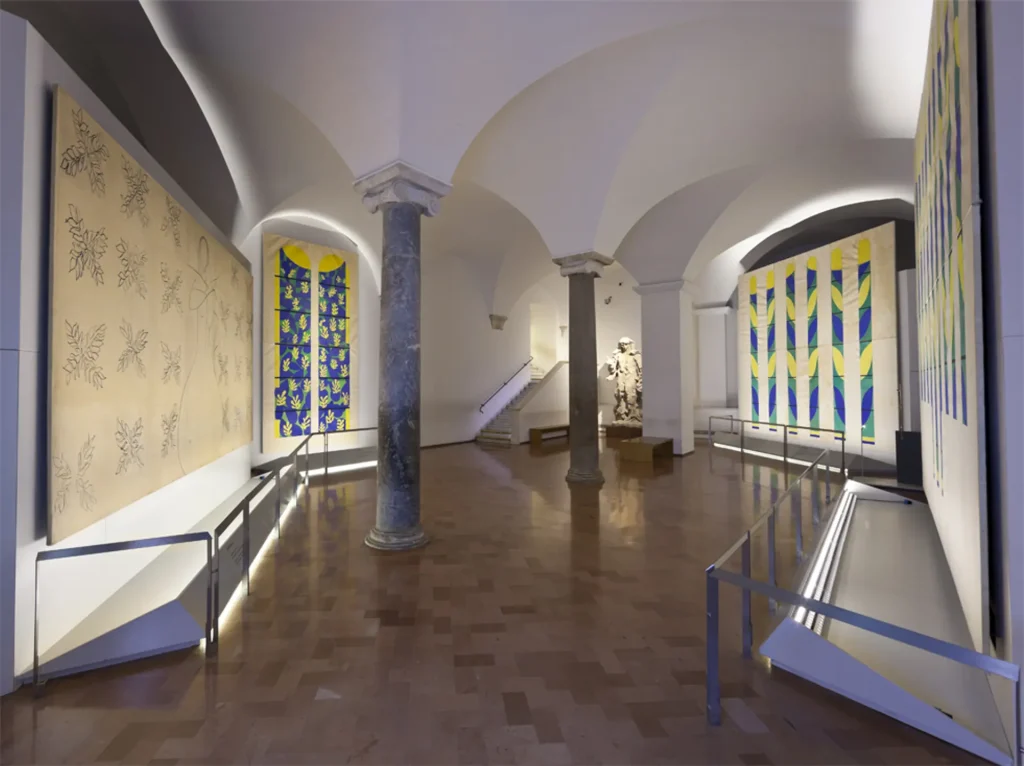
В 1947 году Анри Матисс начал работу над Часовней дю Розэр в Вансе на Французской Ривьере (его первая и единственная религиозная работа). Он спроектировал все, от витражей до внутреннего убранства, фресок и облачений священников. Спустя более 60 лет Пьер Матисс, сын художника, передал в дар Ватикану планы, модели и подготовительные эскизы Ванса. Посетители специальной комнаты Матисса в Коллекции современного религиозного искусства могут полюбоваться тремя полноразмерными эскизами яркого витража; в котором зеленый представляет растительность, желтый – солнце, а синий – Средиземное море. Также выставлены рисунок Богородицы с младенцем, задуманный для белых керамических панелей часовни, бронзовая отливка напрестольного креста и пять шелковых риз.
Фрески Фра Анджелико (1447–1451), капелла Николин, Музей Ватикана.
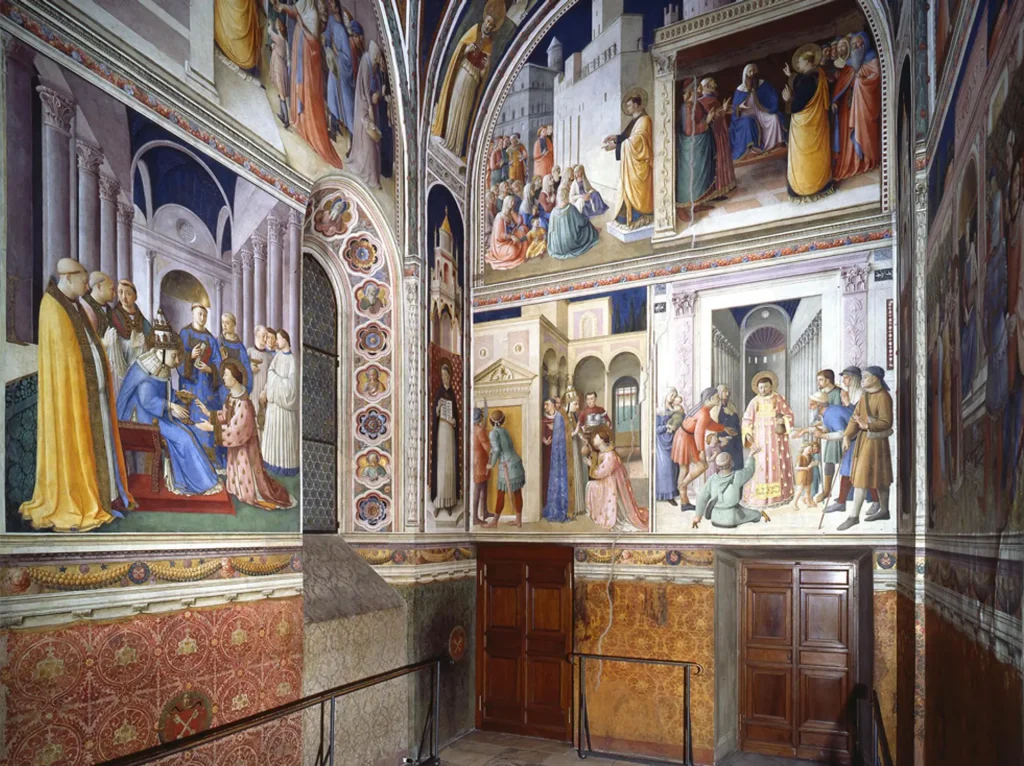
Посетители, проходящие из Комнат Рафаэля в Зал Светотень, часто пропускают небольшой дверной проем в Капеллу Никколина, которая когда-то была частной часовней Николая V (Папы с 1447 по 1455). Часовня украшена прекрасно сохранившимися фресками Фра Анджелико — набожного флорентийского монаха и художника раннего Возрождения — изображающими жизнь и мученичество святых Стефана и святых Лаврентия. Прекрасные архитектурные детали на заднем плане намекают на желание Николая V восстановить Рим как новую столицу христианства.
